04.05.20 - Students paid a (pre-COVID) visit to Senegal to preserve a modern masterpiece
Before the COVID-19 pandemic, during the University of Toronto's mid-February reading week, a handful of Daniels Faculty students accompanied associate professor Aziza Chaouni on a trip to Dakar, capital of the West African nation of Senegal. There, they linked up with an international crew of students from the University of Zaragoza, the Collège Universitaire d'Architecture de Dakar, and the Université Polytechnique G5 of Dakar. The group's mission was to spend one week participating in a workshop, in which they would study the Centre International du Commerce Exterieur du Senegal (CICES), a 19-hectare fairground and convention centre that some consider a modern masterpiece.
CICES was designed in the early 1970s by French architects Jean-François Lamoureux and Jean-Louis Marin. The facility was originally intended to be an expression of the aesthetic ideals of Senegal, which had achieved independence from France just a decade prior. According to Chaouni, Léopold Sedar Senghor, Senegal's first president, personally participated in the design process. The complex's many individual buildings are unified by a common motif: triangular and trapezoidal forms that jut out from rooflines and adorn the sides of exterior walls.
The ensuing decades were not kind to CICES: the complex fell into disrepair, and renovations gradually chipped away at the original design. And then came the coup de grâce: the completion of the Dakar Expo Centre, a new convention centre, which began to compete with CICES and sap it of its remaining clientele.
The purpose of the workshop was to collaborate with local stakeholders to imagine ways of raising awareness of CICES and restoring it to its former modernist glory. The international student group attended lectures, toured the city, met with stakeholders, and worked on-site at CICES before developing detailed preservation proposals, which they presented to a panel of professors, officials, and locals.
Here are a few photos of the Dakar trip, with commentary from Chaouni.
"On our first afternoon in Senegal, we had a tour of modern Dakar, organized by the Collége Universitaire d'Architecture de Dakar," Chaouni says. "Our first stop was The Université Cheikh Anta Diop de Dakar, which has many amazing buildings that were built from the colonial time to after the independence of Senegal. Designed by Henri Chomette, this building is a set of auditoriums accessible by a raised platform."
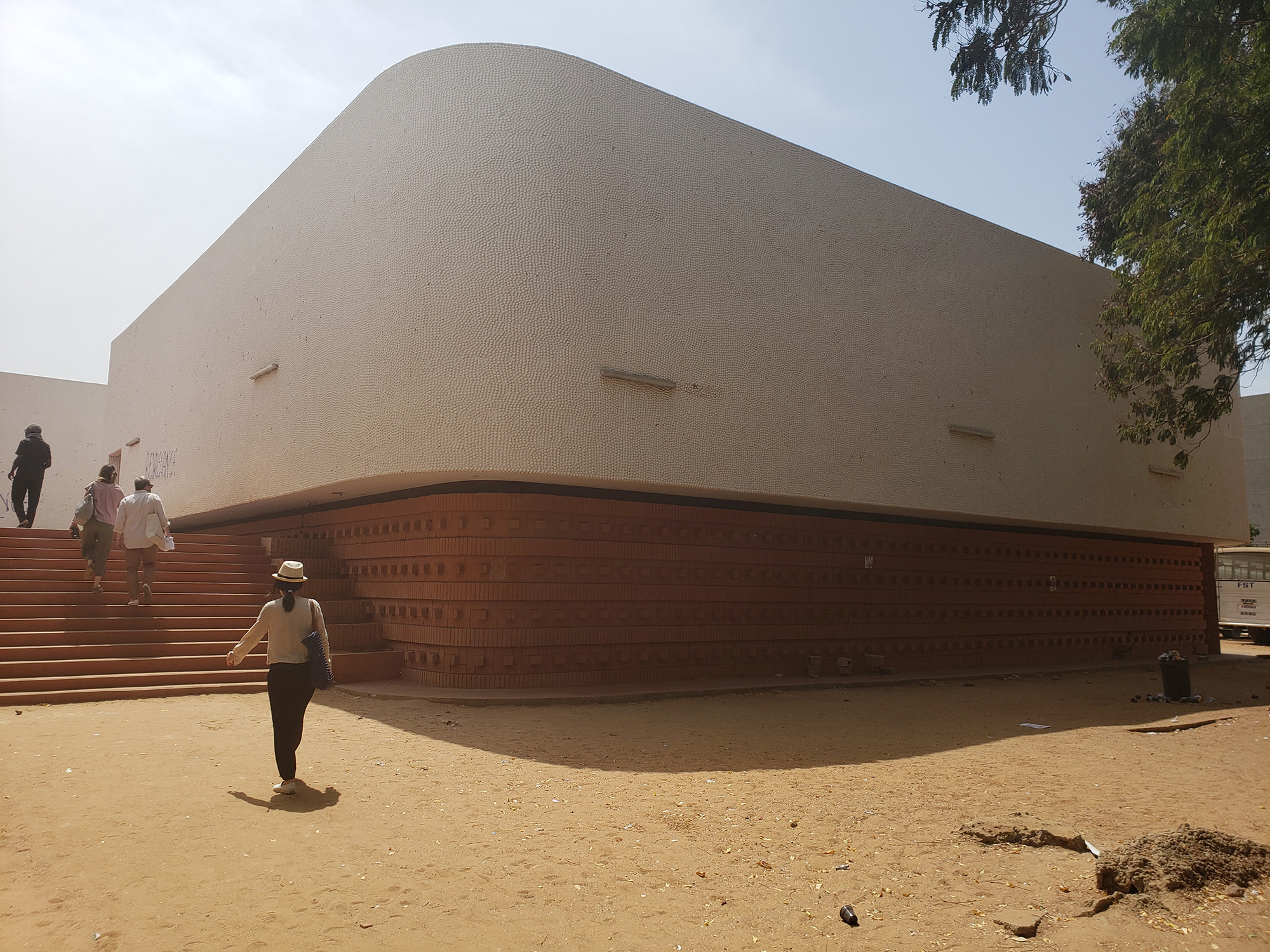
"When we toured Dakar, we visited a market. This was a street stall selling some African masks. Some of them are representative of divinities. Some are used during religious ceremonies. They have a lot of different uses, and each one is from a different tribe. The angular wood carvings on the masks were a source of inspiration for Senegalese and foreign architects, who strived to express a national identity in their work after independence."
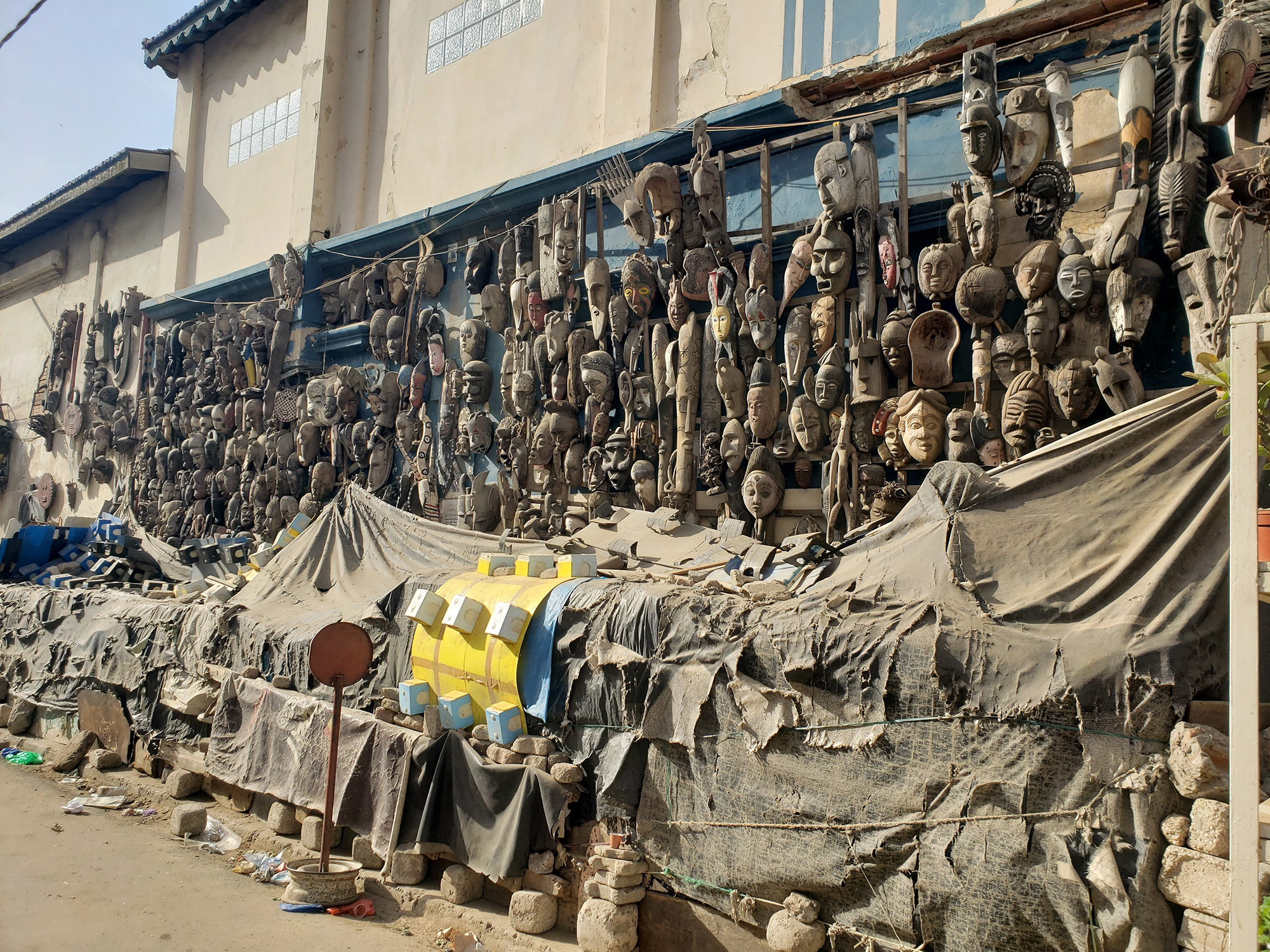
"Here we're at the private residence for the ambassador of Canada to Senegal. He invited us for cocktails. It was the first time he'd welcomed Canadian students. He was very interested in the CICES complex. He had never visited it before. He thanked us for introducing him to the complex and its unique architecture. On the last day of the workshop, we gave him a tour of CICES, and he saw the work of students."
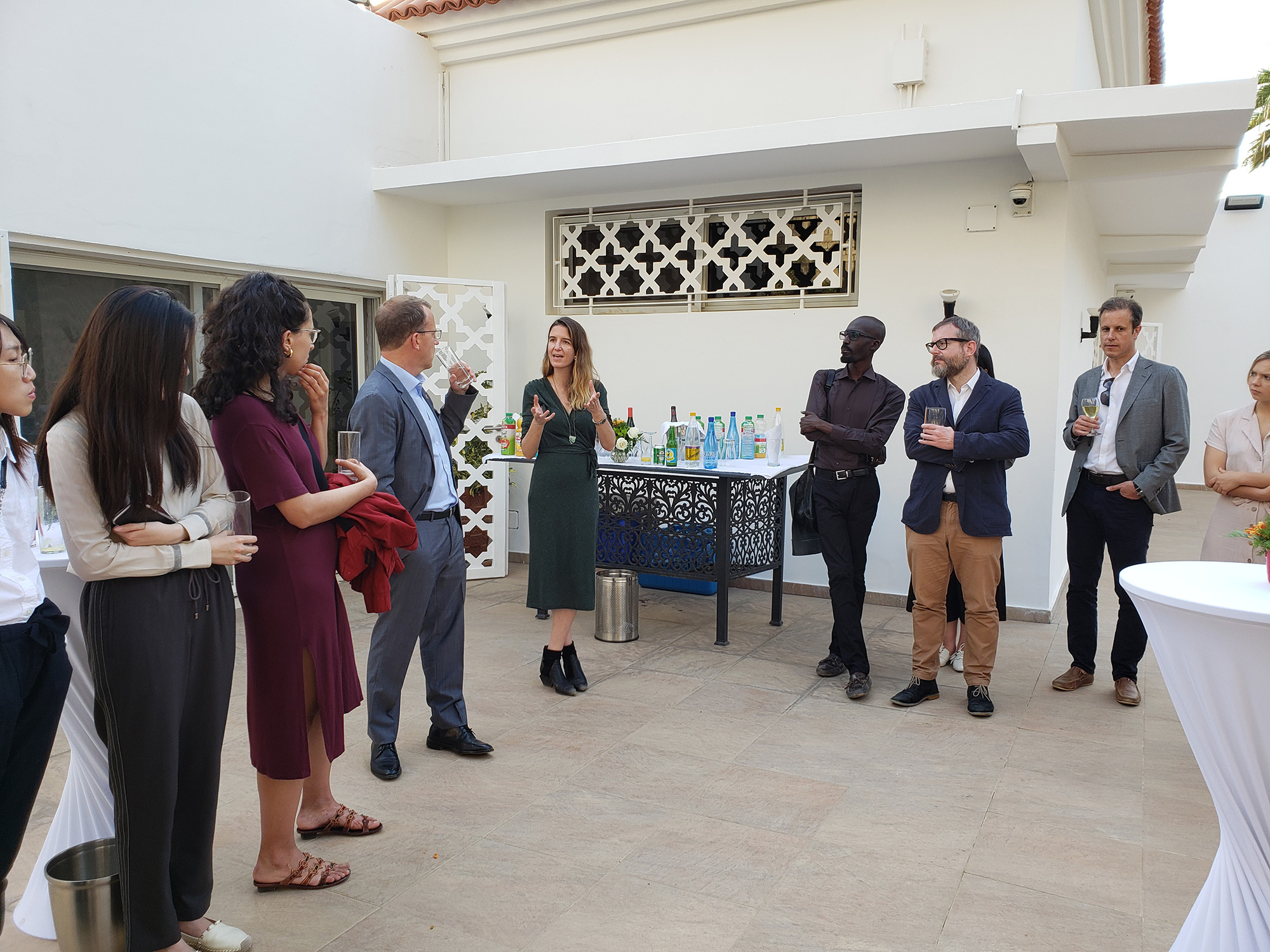
"This is the courtyard of the administrative building in CICES. The landscape is not original. It was added in later years. Most of the other elements of this building are original, though."

"The main auditorium is a glulam structure that spans 28 metres — which, at the time, in the 1970s, was quite a stunning architectural innovation. It originally had 1,200 seats, and it has this incredible drop ceiling made out of wood struts. The middle yellow piece on the ceiling is a recent addition, from 2002. In the original design, the wood struts met and intermingled, which was one of the architectural highlights of the whole complex."

"The 'orange pavilion' is a concrete structure with an open floor plan. Its roofscape is composed of alternating high and low pitch roofs. The floor plan is flexible and can be adjusted depending upon the event being held there."
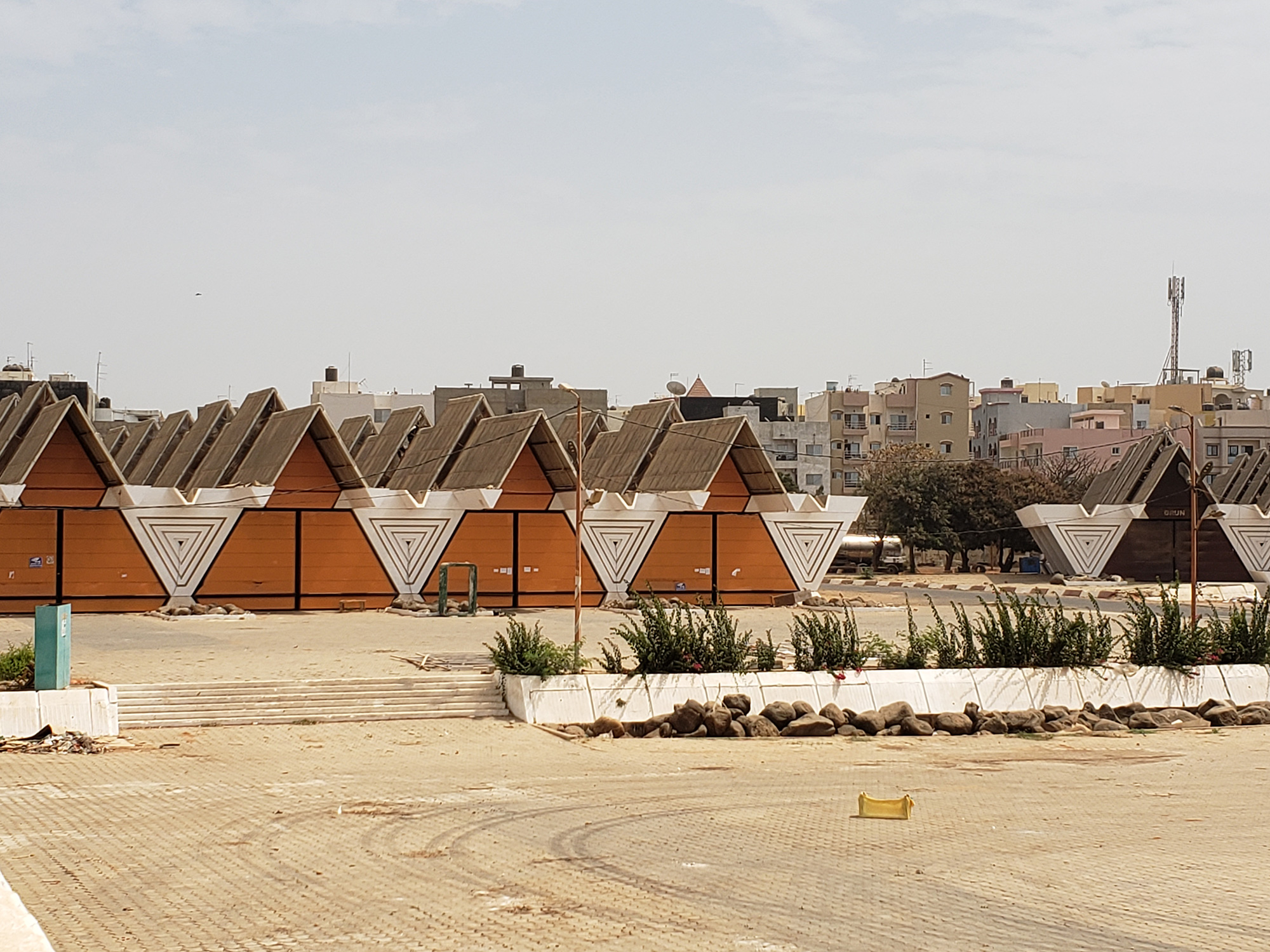
"When CICES was built, there were seven regions in Senegal. And so CICES has seven regional pavilions, which originally displayed craftwork from each region. Materials characteristic of each region were used on the facades. The reddish stone that you see here is called laterite. The fresco is made of sand and concrete."

"Every morning, we had lectures by invited local architects, international conservation experts, historians, and the staff of CICES. Here, I'm presenting the methodology for the workshop."
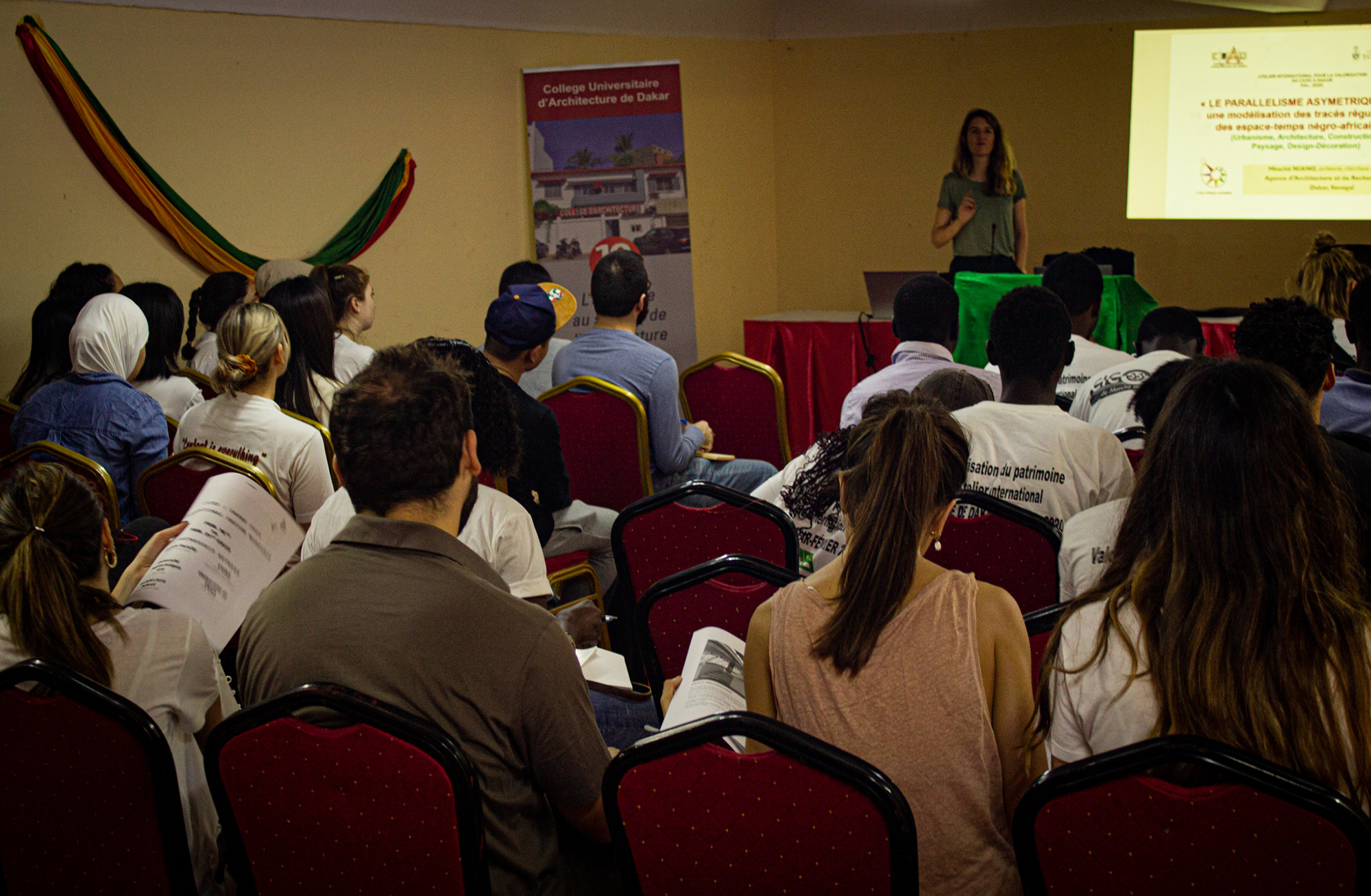
"This is the entrance of CICES, but it's not the original entrance. It was changed in 2002. The Daniels students here are Clara Ziada, Tarek Mokhalalati and Emily Lawrason."
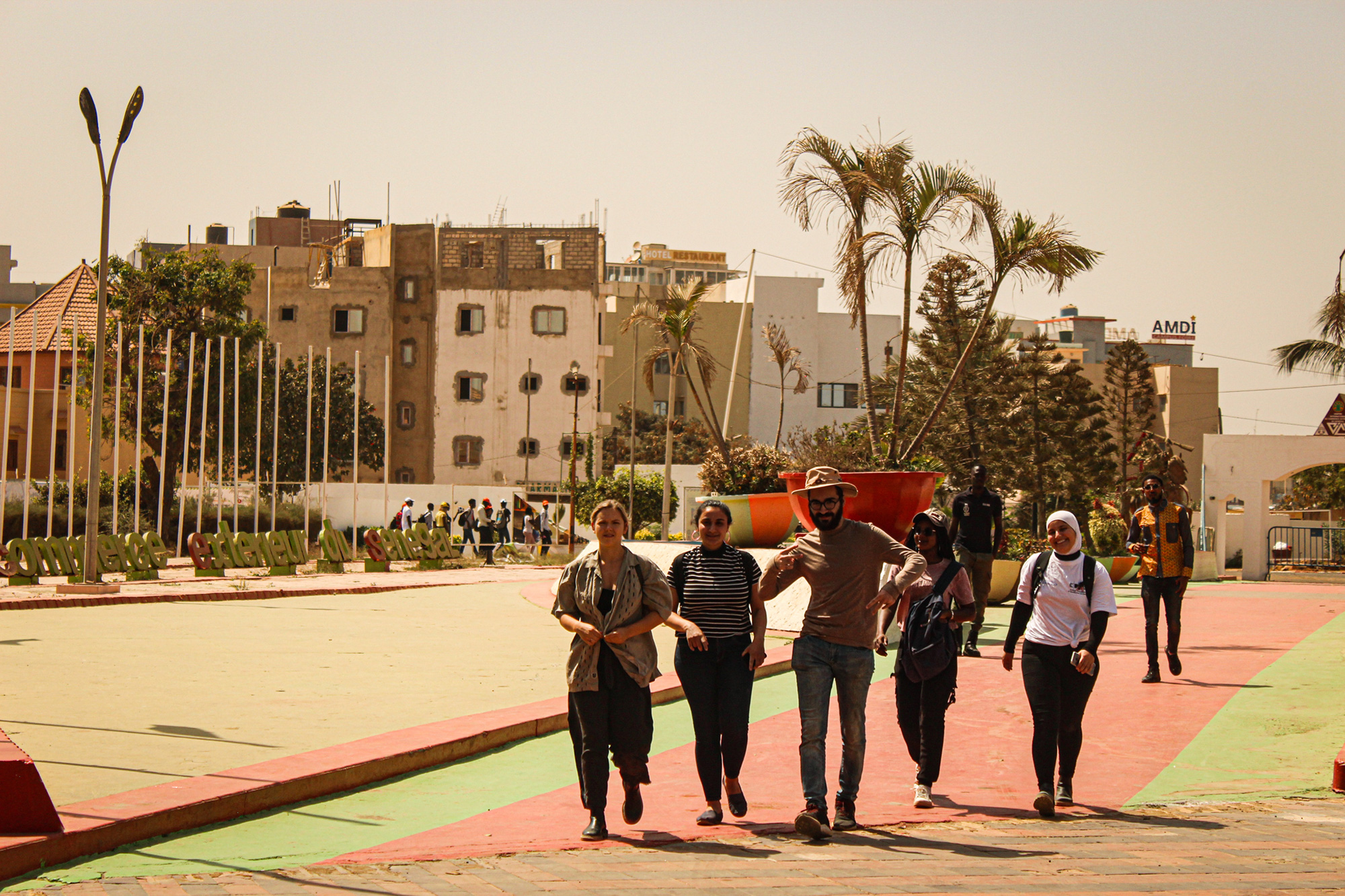
"We were given a studio space on-site at CICES. Imagine that you're studying an amazing piece of architecture and you're given a space to work inside of it. It's not that you go, see it, and then go to a school or hotel. You're basically embedded. You really get yourself immersed in the architecture. These Daniels students are Clara Ziada, Diana Franco Camacho, Saif Malhas, Noor Alkhalili, and Tarek Mokhalalati."
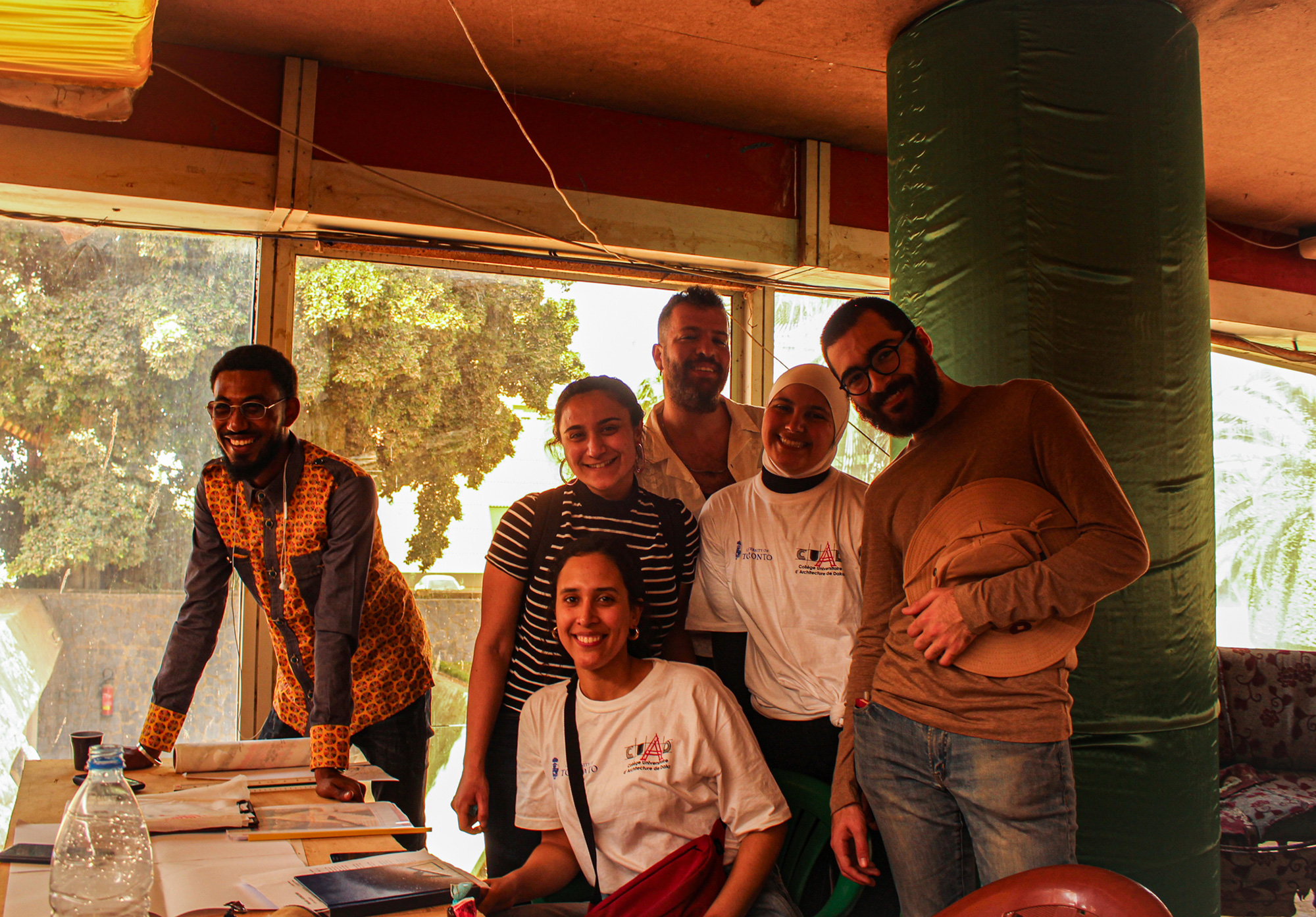
"Sadly, this photo shows how decrepit the CICES exhibition halls have become, mainly due to lack of funds and knowledge about modern heritage maintenance and conservation. In 2014, the Senegalese government built a gigantic convention centre outside of the city, which further exacerbated the downfall of CICES. CICES is now forced to rent some of its exhibition halls for rice storage just to make ends meet.
"The workshop allowed architecture and engineering students from Senegal, Spain, and Daniels to share ideas about how safeguarding the original architecture can become a driving force for CICES’s future. Showcased in local news and newspapers, the workshop had a strong impact in Dakar. It has unveiled a possible, exciting future for CICES and raised awareness about the necessity to protect it as a whole."

Photographs by Saif Malhas, Christian Paez Diaz and Noor Alkhalili. Video by Christian Paez Diaz.

